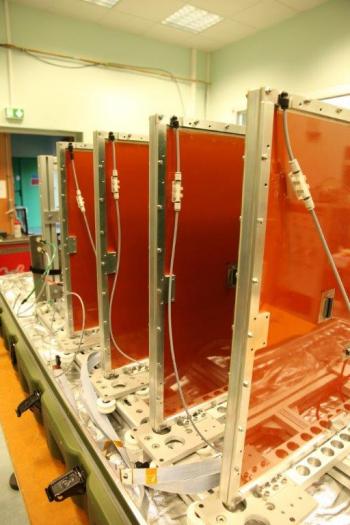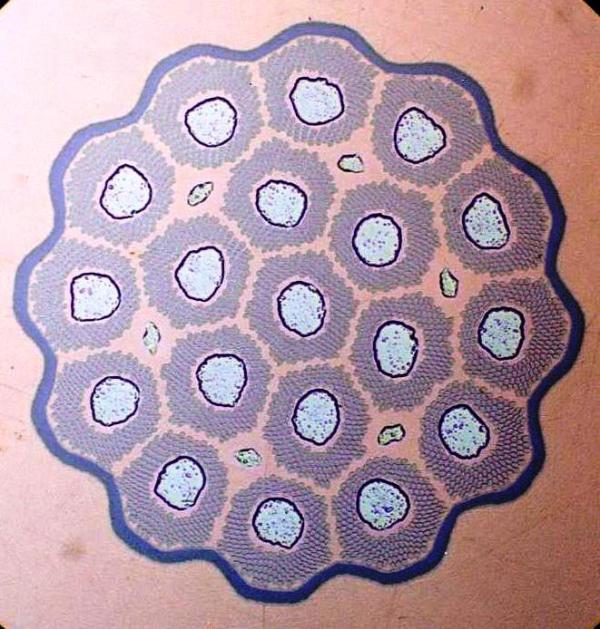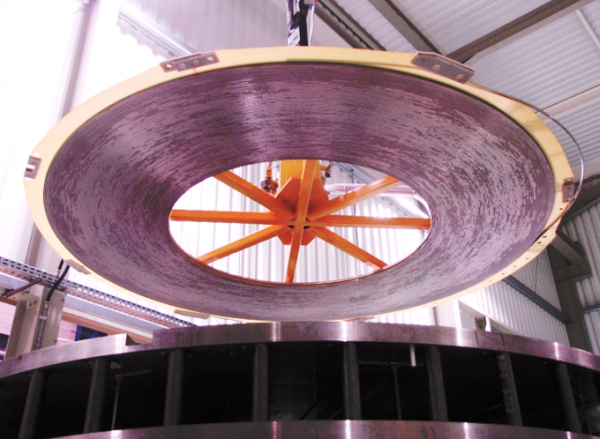Accelerators play a crucial role in the physics of the infinitely small, where the goal is to explore new domains of energy (access to new particles) and intensity (access to rare phenomena). All particle accelerators use magnets to transport the beam. All particle physics experiments need large magnets to deduce the properties of emitted charged particles by detecting them. Accelerators and magnets are thus key elements of any subatomic physics experimental program. Irfu’s aim is to be able to make a major contribution to building magnets and accelerators, today and tomorrow, up to and including complete project management for systems or subsystems. This strategy is based on strong collaborations with the best international partners, such as CERN.
The Institute applies its expertise to social issues, such as energy and health.
Projects can be important like for example :
- the design and construction and installation of the ISEULT 11.7 T MRI magnet
- such as the construction of a technological platform for the production of instruments for muonic imaging
- the production of magnets for material physics
- but also smaller with R&D detectors from the physics of the 2 infinite; such as
- improving the performance of "small animal" PET scans
- R&D on an innovative detection medium which could lead to a technological breakthrough in the field of positron emission tomography
- R&D on optical fibres to make a Quantum Solar concentrator





